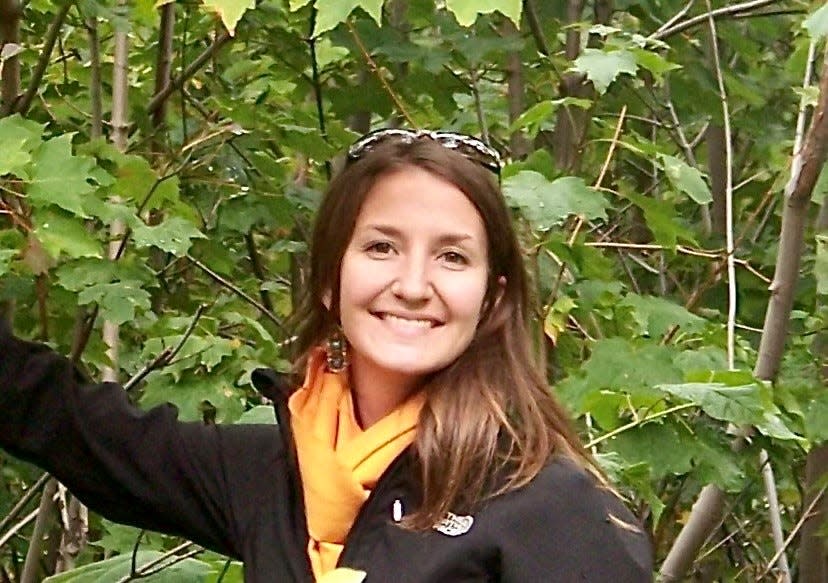How does your garden grow? Seeds vs. starts
By now, all of our local garden centers and greenhouses are brimming over with this season’s lush offerings. With a wide variety of annuals, perennials (come back every year), and vegetable starts available, it is easy to get a touch overwhelmed and quickly break your gardening budget.
Oftentimes, a good solution for saving a little cash is to just buy seeds rather than plants. While this is great advice for a lot of species, there are definitely some plants that are best bought as starts. These are plants that are already germinated with weeks to months of growth behind them and are ready to transplant out into the yard.
Planting a seed right into the soil is referred to as ‘direct sowing’ as opposed to starting the seeds indoors in a growing environment. Direct sowing has some really nice advantages in that it is cost-effective for larger plantings plus there is less labor and materials involved compared to starting plants indoors. The plants will have a chance to align their germination and growth with the weather and resources available which can result in healthier plants with more vigor.
There are varieties of both vegetables and flowers that prefer direct sowing. In the case of tap-rooted crops and most vining plants who do not like their roots to be disturbed, direct sowing is the preferred method. Vegetables that are perfect for this include beans, corn, cucumbers, cantaloupe, okra, peas, turnips, squashes and pumpkins. Flowers that like to be directly sown include California Poppy, bachelor’s button, cosmos, sunflower, sweet pea, and Bells of Ireland. Additionally, flowers like zinnias, marigolds, alyssums, nasturtiums, and calendulas perform well when direct-sown.
A handy tip when direct sowing, is to make a calendar or date list to know when each species should be planted, how long to wait to check for germination, and when harvesting can be expected. This will help to keep a good schedule and increase the likelihood of a rewarding harvest.
While direct sowing can be ideal for some species, buying plants to transplant into the garden comes with its own advantages. The plants will be going into the ground with a jump-start on their growth which means their production window will potentially be both longer and sooner. Tomatoes are a perfect example. By planting tomato plants rather than seeds, a gardener can count on having enough growing season available to get a good harvest window. When tomatoes are direct-sown, they are behind by six to eight weeks compared to their transplanted counterparts.
Vegetables that don’t mind being transplanted include beets, strawberries, broccoli, lettuce, cabbage, peppers, chard, collards, eggplant, and of course, tomatoes. Flower options are practically endless. Most of our annuals and perennials are offered as transplants and do very well.
Native plants, like vegetables and flowers, can go either way depending upon the species. Some can be very picky and require long cold periods or other conditions before they can germinate, while others do very well with minimal preparation. Because getting good germination in native species can be difficult, it is advisable to seek out reputable growers who can offer transplants for sale.
When shopping for any kind of transplant, look for plants with a strong green color and a shorter and bushier growth habit rather than a stretched and leggy look.
No matter what sort of plant is going into the garden, it is always important to prepare the growing space ahead of time. Adding plant-based compost or aged (preferably 6 months to a year) manure in appropriate amounts can get the plants off to a good start, as can including a little ‘starter fertilizer’ with each plant when they go into the ground. Gardeners can find starter fertilizers for sale that are meant for this very thing but, reading the packaging is imperative to avoid burning new, tender plants.
It is also best to check ahead of time that the irrigation system is working in the intended planting area to avoid having to dig around and disturb plants’ root systems later if issues become apparent. Seeds will need a moist soil to germinate, and transplants will need to be watered as soon as they are planted.
If you are making plans to go plant shopping soon, please don’t forget that Supporters of Horticultural Education (SHEd) will be hosting their annual plant sale this year on Saturday, May 11, starting at 9 a.m. and going until 2 p.m. in the Fine Arts Building at the State Fairgrounds where all proceeds will go to horticultural education in the community. While there is always a very nice selection, this plant sale also offers a number of native plants which can be harder to find.
Whether by direct seeding or transplanting, I hope your garden grows beautifully for you this season and that you enjoy your plant shopping as much as I always do!

Amanda Weidner is the horticulture specialist at the Pueblo County CSU-Extension Office. She can be reached at 719-583-6581 and weidnera@pueblocounty.us.
This article originally appeared on The Pueblo Chieftain: How does your garden grow? Seeds vs. starts

